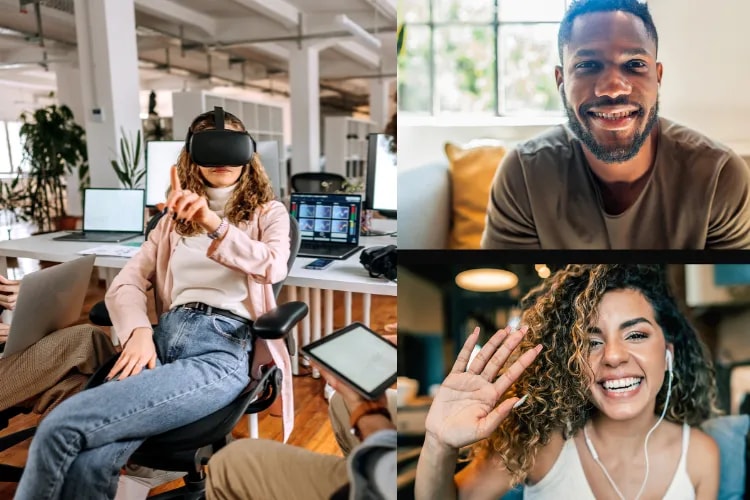
Hybrid events blend live and digital touchpoints into one program with two distinct experiences. Done well, they scale reach without sacrificing connection. Done poorly, they can feel like a livestream taped to a traditional conference. This guide shares 20 hybrid event ideas you can use right now to keep both in‑person and virtual attendees energized, included, and engaged.
Below, you’ll find practical ideas across key moments—keynotes, networking, workshops, entertainment, booths, social, and more—plus tips on technology, measurement, and overcoming common challenges.
Every great hybrid experience starts with clarity on who you’re serving. Onsite and remote audiences often attend for different reasons, prefer different formats, and have different windows of attention. Collect preference data in registration and pre‑event surveys, including content topics, time‑zone availability, session length, and networking goals.
Personalization materially lifts engagement and ROI—use it to tailor agendas and recommendations for each segment. For example, offer shorter, high‑interaction sessions to remote attendees, while creating longer in‑room labs and meetups for onsite participants. See how personalization drives outsized returns for more context.
Need a structured planning workflow? Grab our Complete Event Planning Checklist to map pre‑event data collection, content tracks, and run‑of‑show.
The Loopyah Content Team shares expert insights, practical guides, and industry updates to help event organizers create unforgettable experiences and stay ahead in the event planning world.
planning
Keynotes are your highest‑attention moments. Make them two‑way to avoid creating second‑class remote experiences.
Alternate Q&A between in‑room mics and virtual questions. Use a moderator to interleave sources so remote attendees aren’t always “last.”
Run real‑time polls at agenda transitions. Use the results to adjust time spent on topics and announce, “Based on your feedback, we’ll…,” reinforcing participation value.
Enable moderated chat with upvoting. Curate questions for the host to surface both common themes and diverse viewpoints.
Embed interactive prompts in slides. Pre‑build whiteboard or word‑cloud moments so speakers can collect input without context‑switching.

Design networking that feels intentional to both audiences, not bolted on.
Speed networking in mixed‑modality rounds. Pair onsite tables with concurrent virtual breakout rooms, rotating every 5–7 minutes.
AI‑powered matchmaking for 1:1s and small groups. Use profile data and interests to suggest meetings across onsite and online participants.
“Bridge” coffee chats. Station a few quiet nooks onsite with headsets and screens so in‑person attendees can join virtual tables seamlessly.
Not every moment needs 3D or VR, but used purposefully they can deepen understanding and spark delight.
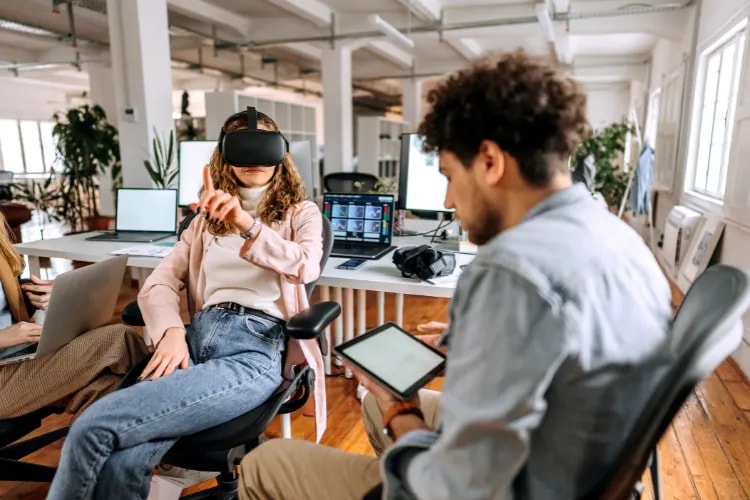
Host a 3D venue tour for remote attendees. Offer guided walk‑throughs for exhibits, labs, or backstage areas.
Run a gamified scavenger hunt. Award points for attending sessions, visiting booths, answering quizzes, and sharing takeaways.
Offer an optional VR demo with a 2D fallback. Let enthusiasts explore in headsets while everyone else joins via web or mobile.
If you plan to stream widely, simulcast your headline moments to major platforms and clip highlights for Shorts/Reels after the event to extend reach.
Hands‑on formats shine in hybrid when facilitators choreograph participation for both rooms.
Ship‑along kits for remote attendees. Include materials, links, and safety info so they can truly build or test live with the room.
Moderated live demos with integrated Q&A. Use hand‑raise and chat to bring remote voices in at set intervals.
Collaborative doc sprints. Spin up shared canvases or whiteboards and assign mixed in‑person/remote groups to produce tangible outputs.
Entertainment breaks reset energy and create shareable moments for all audiences.
Simulcast live performances. Book local talent and stream to virtual attendees where they already watch; clip highlights for post‑event social.
Run cross‑audience trivia or mini‑games. Use a unified leaderboard and offer prizes attendees can redeem onsite or online.
BTS content humanizes your event and keeps feeds buzzing between sessions.
Backstage tours and tech walk‑throughs. Stream short vertical videos of the production desk, green room, and sound checks.
Quick‑hit interviews with speakers and organizers. Ask for one actionable takeaway and one surprise from the day.
Great booths meet attendees where they are—on the floor or online—and make discovery effortless.
Virtual booths with live chat and demos. Staff them like real stands, with scheduled product walk‑throughs and instant booking for follow‑ups.
QR‑enabled product journeys. Onsite signage triggers videos, spec sheets, and leave‑behinds for remote visitors, with scans routed to your CRM.
After the show, segment booth leads and send the right next step automatically. Our Email Attendees solution makes targeted follow‑ups simple.
Treat social as an extension of the event, not just promotion. Build a creator brief, pick a clear hashtag, and schedule platform‑native content across the week.
UGC wall and hashtag challenges. Display a moderated social feed onsite and on the event hub; reward the best tips, recaps, and photos.
Looking for more ways to spark attendance? Explore our event promotion ideas and how to engage and manage promoters for your next event.
Shortlist platforms that can handle streaming, chat, polling, breakouts, and analytics in one place. Confirm capacity limits (e.g., breakout room counts) before you finalize formats, and publish a simple pre‑event tech checklist with a “Test Your Setup” link.
If you’re evaluating tools, start with a clear requirements doc and compare vendors against your must‑haves. See how Loopyah’s Event Software supports registration, seating, streaming integrations, and post‑event analytics.
Design hybrid as one event with two experiences. Program distinct moments for each audience and use tech to equalize participation.
Large tech conferences continue to model hybrid at scale. Microsoft Build pairs massive digital reach with intimate onsite labs. Apple’s WWDC anchors with a marquee in‑person day and a week of online content. Adobe Summit streams keynotes, then offers hands‑on labs and community networking both onsite and online. The thread: decouple scale (digital) from intimacy (in person), and reward remote attendance with real perks.
Standardize your digital metrics so you can compare across events and years. Track telemetry like registrations, check‑ins, watch time, chat messages, poll participation, questions asked, booth scans, and meeting bookings. Pair those with structured surveys for longitudinal insight.
Adopt an industry framework so your team speaks a common language. The IAEE Reporting Standards for Digital Events (RSDE) is a helpful starting point.
Engagement: average watch time, poll and Q&A participation rate, chat activity per attendee.
Acquisition: registration sources, conversion to check‑in, cost per attendee.
Revenue and pipeline: ticket sales, sponsorship ROI, qualified meetings, influenced opportunities.
Hybrid adds complexity, but a few habits keep friction low and engagement high.
Technical readiness: Share a pre‑flight test link, device/browser specs, and a help desk channel. Have a fallback stream (e.g., YouTube or a backup CDN).
Audio first: Mic audience questions and treat room acoustics so remote attendees can hear clearly. Assign an A/V lead for the virtual mix.
Shorter blocks for remote: Keep virtual segments under 25–30 minutes and include active roles (polls, prompts, breakout turns).
Inclusive facilitation: Use hand‑raise, moderated turns, and captions by default; read chat questions aloud for the room.
For deeper planning guidance, see our take on choosing the right event manager app and platform fit.
From interactive keynotes and purpose‑built networking to immersive demos, gamified challenges, and social‑powered moments, these 20 hybrid event ideas will help you engage both audiences without compromise. Start small, measure what matters, and iterate—your next event can be both bigger in reach and richer in connection.
Ready to level up your hybrid stack and workflows?

growth
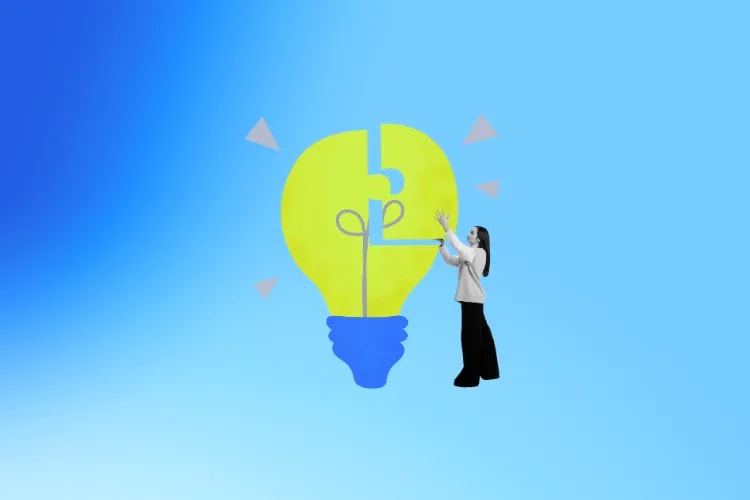

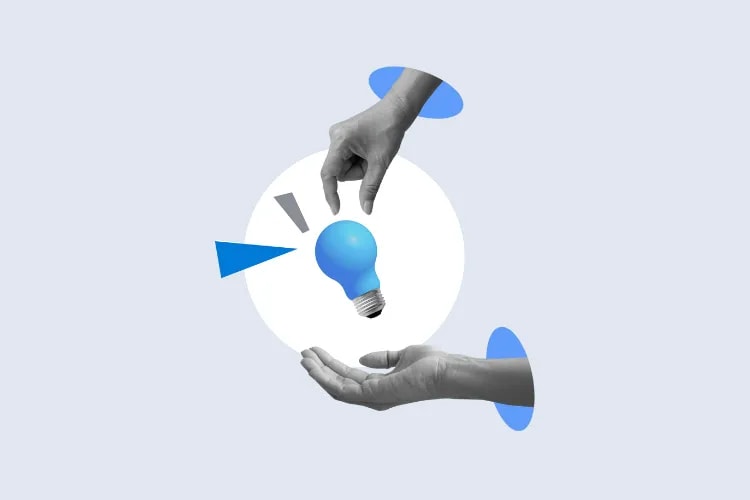




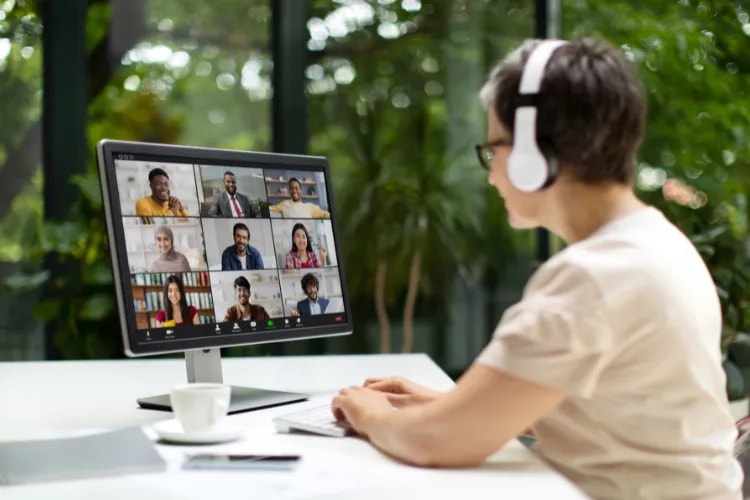

planning
growth
marketing
planning
planning
planning
marketing
marketing
planning